

Max Davies
How Audi, BMW, Honda, Mercedes-Benz, and Suzuki started out in Australia, and where they are now
6 Hours Ago
It's a chimera of a Ford Ranger and an Everest designed to qualify for Thai-market concessions. And we'd love to see it here.
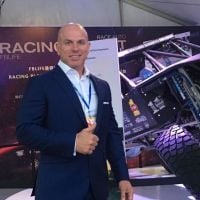
Contributor
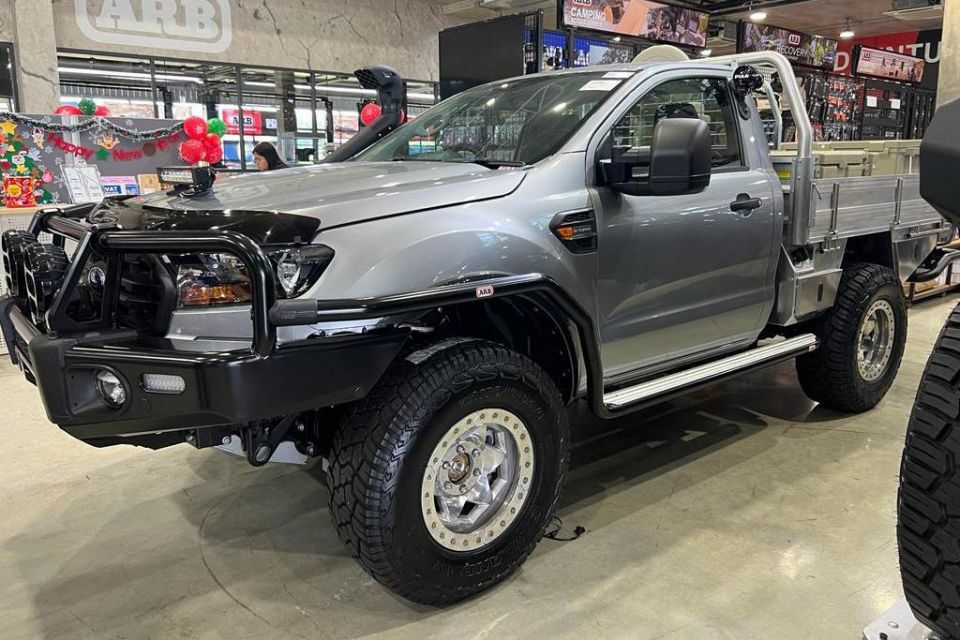

Contributor
Ever dreamt of a short-wheelbase (SWB) utility vehicle kitted out with a coil rear end and four-wheel disc brakes?
It might shock you to hear that it does exist but the reason why it exists will shock you even more! To find out the full story, we recently travelled to Bangkok, Thailand but more specifically, a little further south east and close to Rayong where the Ford Ranger is primarily produced.
Thailand is the ute capital of the world. Many popular utes like the Isuzu D-Max, Toyota HiLux, Mazda BT-50, Nissan Navara and Mitsubishi Triton are all made there alongside the Ford Ranger.
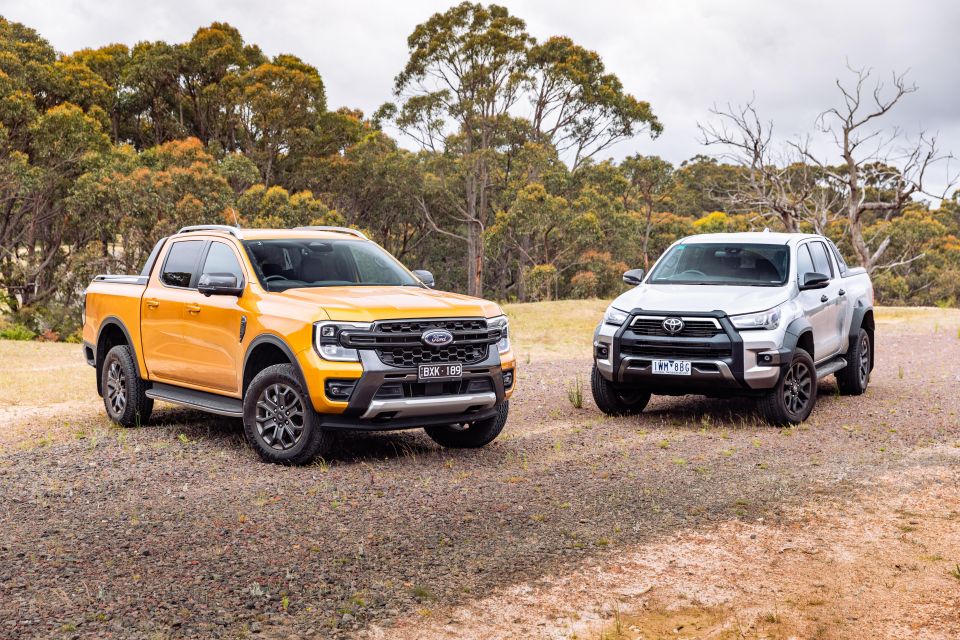
It’s no wonder we Aussies are so focussed on utes, given the rich history of the body style here.
It was back in 1932 when an Australian farmer wrote to Ford requesting a dual-purpose vehicle that could take her and her husband to church on Sunday and transport her pigs on a Monday. It took Ford two years to produce a solution. The Coupe Utility was designed by Lew Bandt and Henry Ford aptly nicknamed it the Kangaroo Chaser!
The demise of the Ford Falcon and Holden Commodore utes saw the further rise of dual-cab utes here, which has seen such demand that the two most popular vehicles (cars and SUVs included) sold within Australia are in fact the Toyota HiLux and the Ford Ranger.
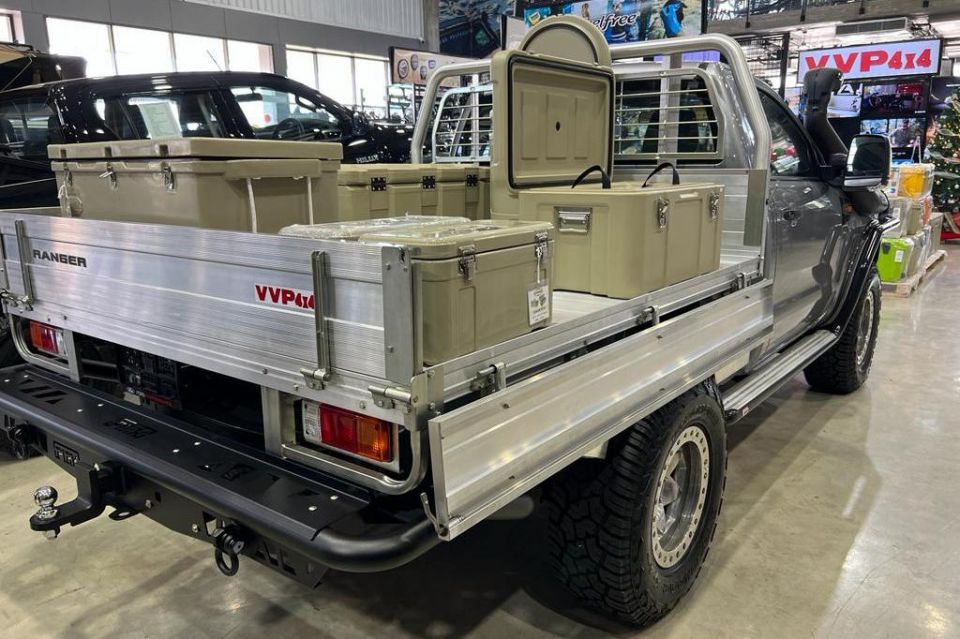
But not everyone wants a ute, and as such manufacturers have developed a wide range of ute-based SUV variants such as the Toyota Fortuner (based on the HiLux), the Isuzu MU-X (based on the D-Max) and the Ford Everest (based on the Ranger).
The latter though, does bring us back to what this article is about and gives us a major clue to the existence of a SWB Ranger ute with an Everest third member (coiled and disc braked rear differential assembly).
So why is Thailand the ‘ute capital’ of the world? In 2005 the door was opened when Australia signed a free-trade agreement with Thailand. Team that with low wages and production costs, considerable local expertise in vehicle manufacturing, nearby suitable deep-water ports and economical and efficient shipping routes, and it is no wonder.
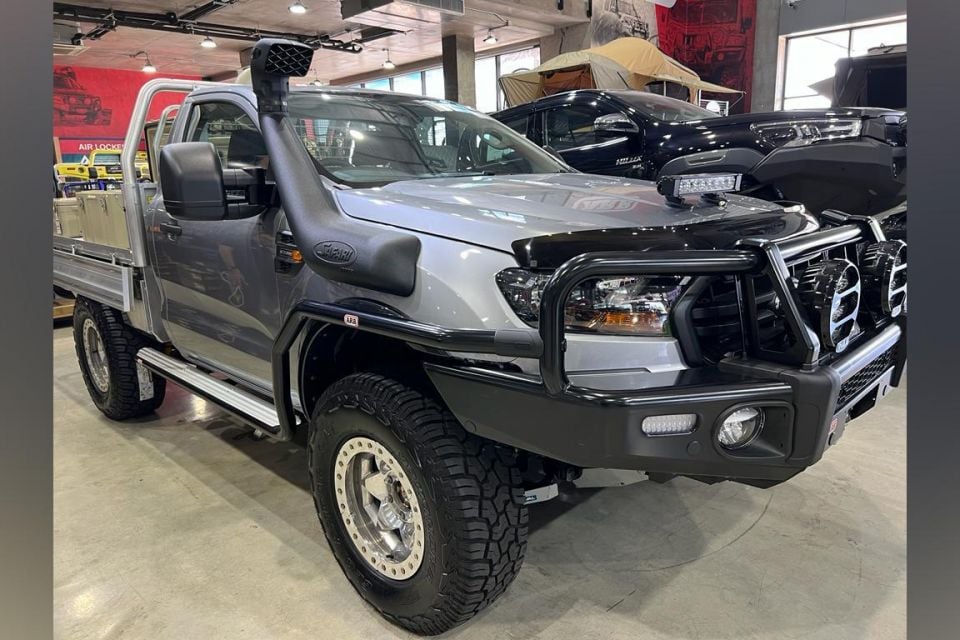
Thailand is also the perfect centralised location for shipping goods not only across Asia and Europe but also to the US, so it’s a no-brainer that many car manufacturers have set up production there.
Ford in particular has invested heavily into the local economy with well over 6000 employees in Thailand, spread across two factories. The company builds around half a million vehicles there per year and ships them to 130-odd countries. Obviously this all makes for far more profitable production.
Extremely astute local union members ensure that Thai staff are paid (and fed) well but if there’s a way to cut costs even more you can be assured that highly experienced vehicle manufacturers, like Ford, will find ways to do it, and that my friends is exactly why the SWB single-cab Ford Ranger does exist!
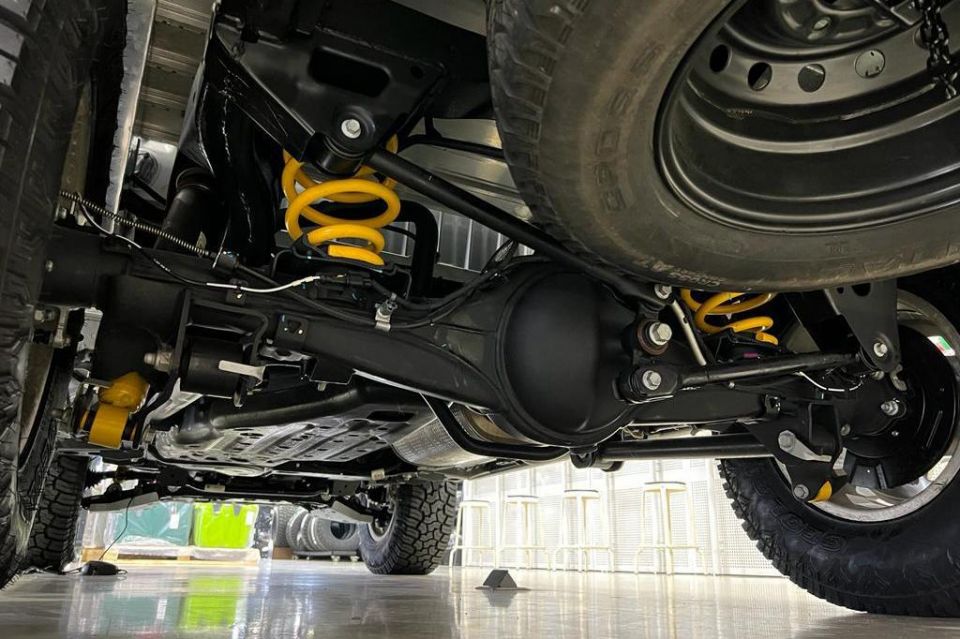
With local markets and manufacturing so entrenched and focussed on utility vehicles, there are special government levy reliefs and concessions applied to utility vehicle production in Thailand, but these discounts don’t get applied to your typical SUVs.
As such, the Ford Everest should be hit with extra charges, yet in a brilliant stroke by Ford, it escapes them!
What Ford is able to do, in a bizarre twist, is classify the Everest as a utility! It does this by producing a short run of vehicles that comprise an Everest chassis, engine and running gear, topped with a Ford Ranger single cab body, thus making the Ford Everest just a wagon body on a full utility chassis and running gear.
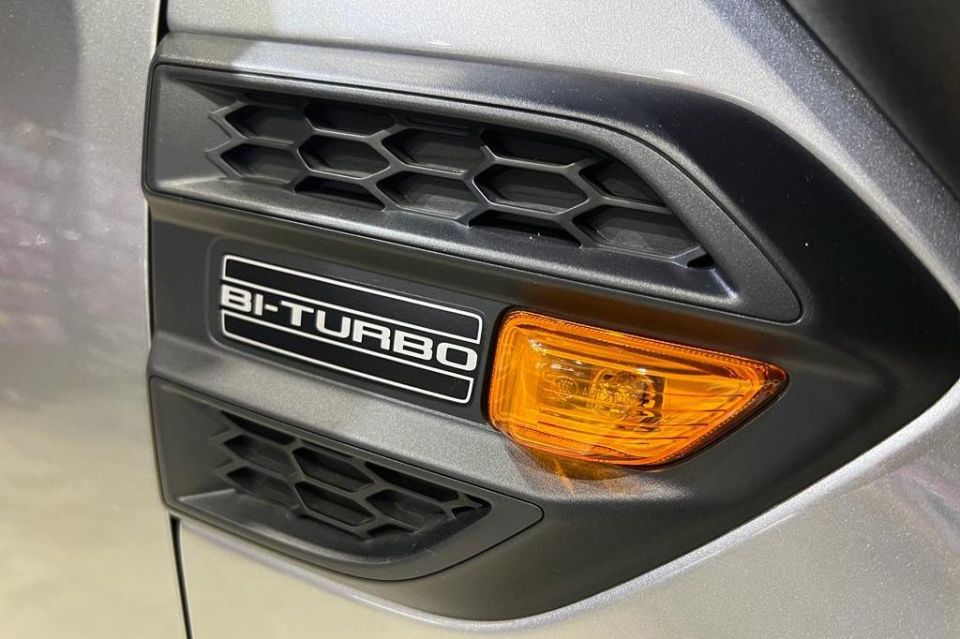
The result is an amazing SWB ute armed in the rear with a Watts link, coil suspension and solid differential, stopped by disc brakes. By basing the Everest off that utility platform, Ford avoids the higher tariffs associated with ‘non-ute’ vehicle production. Sounds crazy, but it’s true.
The example pictured here was spotted at VVP4X4, an amazing 4×4 accessories shop located south east of Bangkok and owned by the hugely well-liked and well-connected Mr Veerasak. He informed us the SWB single-cab Rangers typically sold for around a million Baht (A$42,814) less than the Ford Everest, making them very affordable.
Only a very limited number are made for each new version of the Everest though, typically the minimum required to satisfy the concessions.
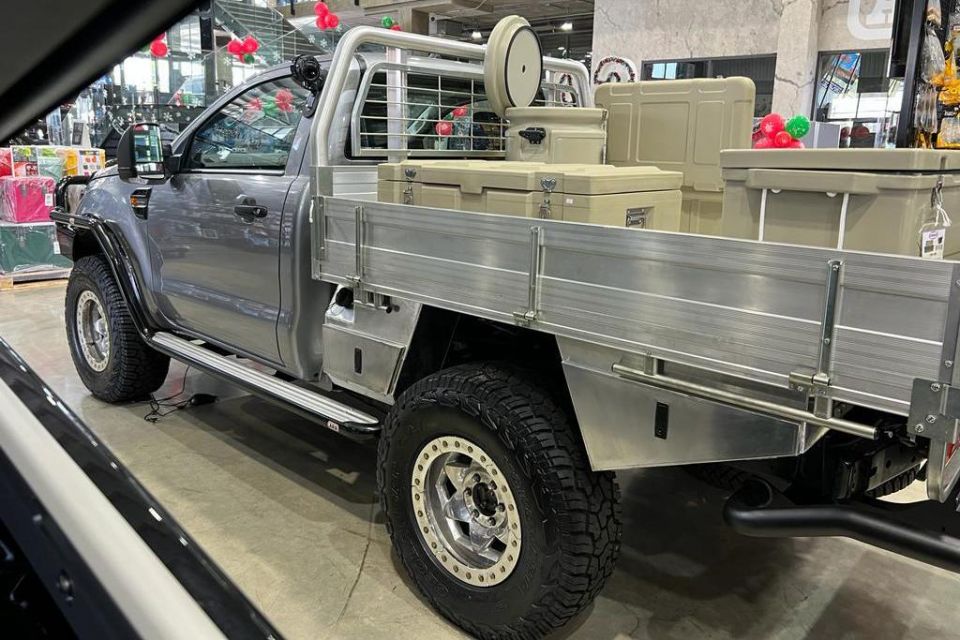
While they aren’t so sought after in Thailand, they would prove popular in Australia, being more agile and comfortable. There is definitely an appeal there, as they look great and not everyone wants a dual-cab pickup with rougher-riding rear leaf suspension.
Sadly, there is no plan to export them and as mentioned above, the only reason they exist is to avoid the higher production levies in Thailand. There are Next Gen models around too but how amazing would one of these be as a Raptor?
So what do you think, would a SWB ute like this be functional in Australia? We think it would be and we are keen to hear what you have to say in the comments below.
MORE: Everything Ford Ranger


Max Davies
6 Hours Ago


William Stopford
6 Hours Ago


Derek Fung
6 Hours Ago


Max Davies
14 Hours Ago


William Stopford
1 Day Ago


Ben Zachariah
1 Day Ago